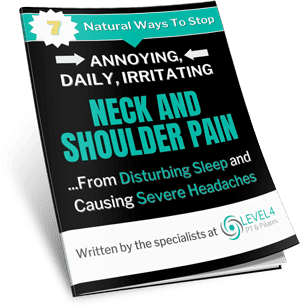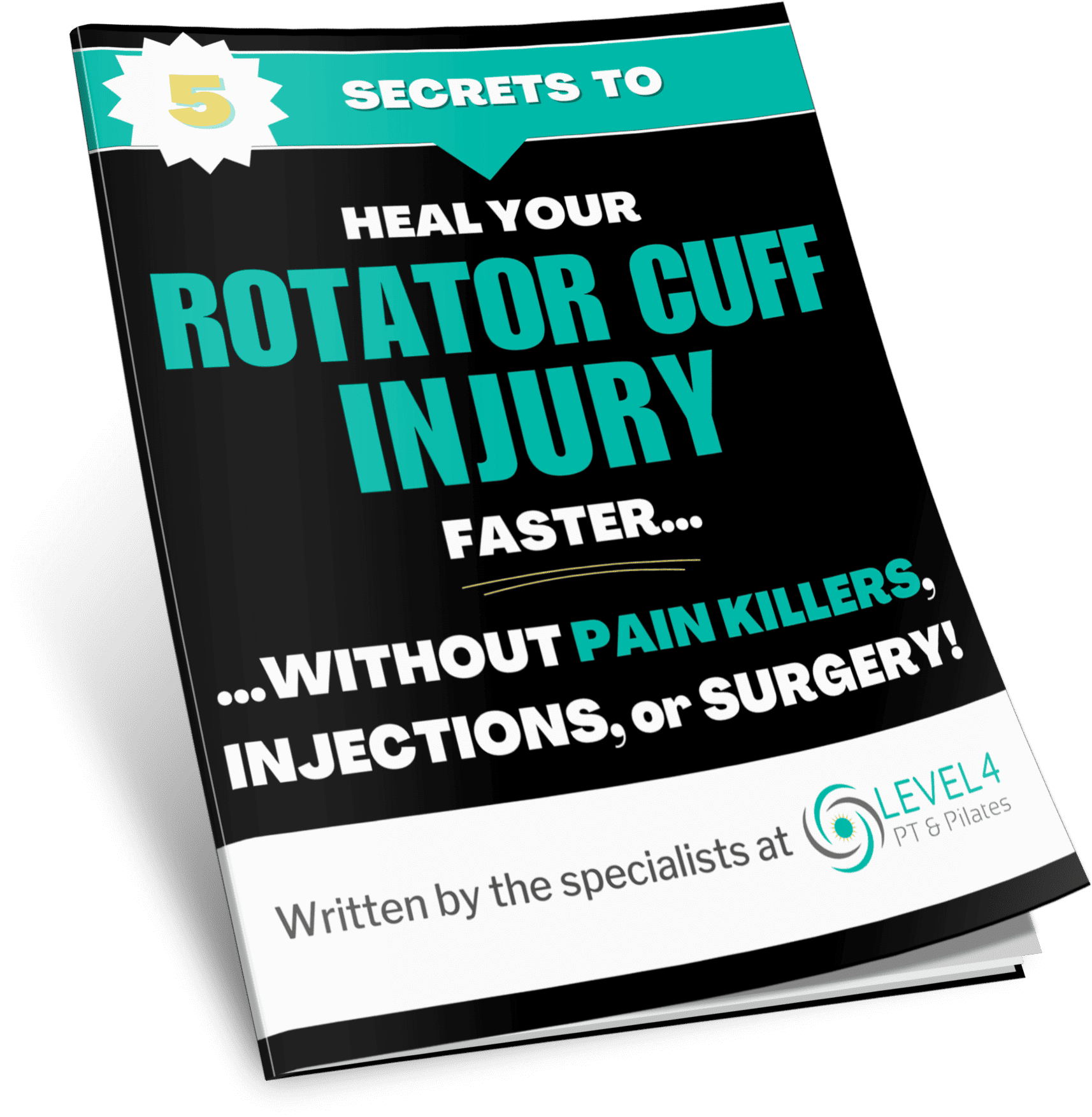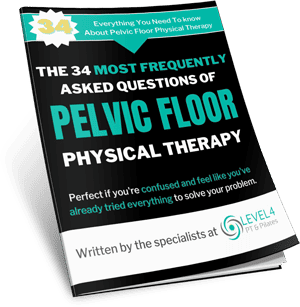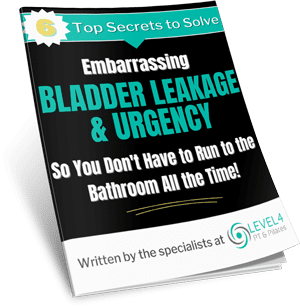If you’ve been training, exercising or been active for an appreciable amount of time, you’ve probably acquired a “tweak” here or there in your knee which caused you to modify or avoid certain exercises and activities. Whether it’s an old sports injury or a “that-was-dumb-of-me injury”, it’s now something you have to take into account when continuing to exercise or live an active lifestyle.
Whether you have to repeatedly kneel, negotiate stairs, lunge, squat, run or jump – they all generally get a bad rap for being “knee killers”. But these activities don’t hurt your knees, it’s the way you’re doing them that hurt your knees.

FACT #1:
Knees take major abuse simply because people are not moving correctly, especially when it comes to a functional strengthening activity such as the squat.
In recent years, we are seeing more and more people needing multiple cortisone or Platelet-Rich-Plasma (PRP) injections or even partial to total knee replacements in their late thirties and early forties. Most arise from past injuries, poor movement patterns whether with daily activities or exercise and developing osteoarthritis, which is known to be more common with age. But you CAN prevent the creation of further damage from occurring in your knees, hence slowing down the “aging process”.
Squat Time
You see, since the invention of the chair and the toilet in the western world, people have forgotten to squat appropriately. If you observe other cultures in the eastern hemisphere (i.e. India, Japan, Thailand, etc.), you will see people squatting to the ground to socialize, garden, and even go to the bathroom. But if you grew up in the western world, by the first grade you have begun to be locked in a school chair and have slowly forgotten what it is like to move like your three-year-old self.
You probably haven’t realized, but over the years, your environment has slowly made changes in your body, such as lack of joint mobility in your ankles and hips, lack of flexibility in your calf, thighs, and hip muscles, which now limits you from squatting to the floor appropriately. Don’t believe me?
Try to keep your feet shoulder-width apart and pointing forward and attempt to squat as low as you can go without letting your heels come off the ground or your feet turn out. If you were able to keep your feet pointing forward, your heels stayed in contact with the ground and you maintained an upright torso, then kudos to you. But if you were suddenly stopped before you were able to fully squat, fell backward, or raised heels off the floor – then I’m afraid that you have some work to do.
You see, by shifting your weight forward on to the balls of your feet and raising your heels when you squat – teaches you to use your quadriceps muscles to stand back up rather than your glutes (A.K.A your posterior chain).
Click Here To Get The Free Knee Tips Report
FACT #2:
There is always going to be some forward movement of the knees when squatting. Telling someone that their knees should never go past the toes because it’s dangerous is a fitness myth. It needs to stop.
But, in the case where you are allowing your knees to excessively move forward so that your heels come off the ground can get you into trouble.
You end up placing more stress and friction on your knees. Repeat this form over and you are setting yourself up for having angry knees.
If squatting hurts your knees—and you’re not suffering from an injury—it’s because you’re making your knees do more of the work than the hips. Learning how to utilize the hips during a squat is important if you want to make them more joint-friendly.
And that’s important because your hips are a larger, more prominent joint than your knees. They’re designed to handle larger loads.
Register For The “Put An End To Knee Pain Fast!” Workshop
FACT #3:
Some people will tell you that squatting past 90 degrees is dangerous and that it places more stress on the knees. That’s another myth. Squatting through a full range of motion is healthier for the knees and makes them stronger. Don’t believe the nay-sayers who will tell you that squatting past 90 degrees is dangerous and that it places more stress on the knees. Squatting improperly, YES. Squatting the right way, NO!
The following four (4) safe and effective modified exercises will help teach you how to perform a rock-solid squat pattern and keep your shins more vertical in a squat and lunge position. Keeping more vertical shins and your heels on the floor will take the stress off the knees and place more of the load on your hips, so you can get a leg up on knee pain and continue strengthening your legs safely.
Click on each link or click below on the videos themselves.
Goblet Landmine Squat with barbell
If these exercises don’t help you, then there could be other variables involved and I would highly suggest you seek out help from our knee specialists at LEVEL4 PT & Wellness for a full body assessment to keep you performing at your best!
Please leave your comments below.
Dedicated to your health,
Dr. Oscar Andalon
Click Here To Get The Free Knee Tips Guide
- Can Physical Therapy Help My Muscles After Having Covid? - January 26, 2022
- The Real Story Behind What’s Causing Your Sciatica - August 30, 2021
- Should I Have Surgery to Repair a Tear in My Rotator Cuff? - February 9, 2021


















